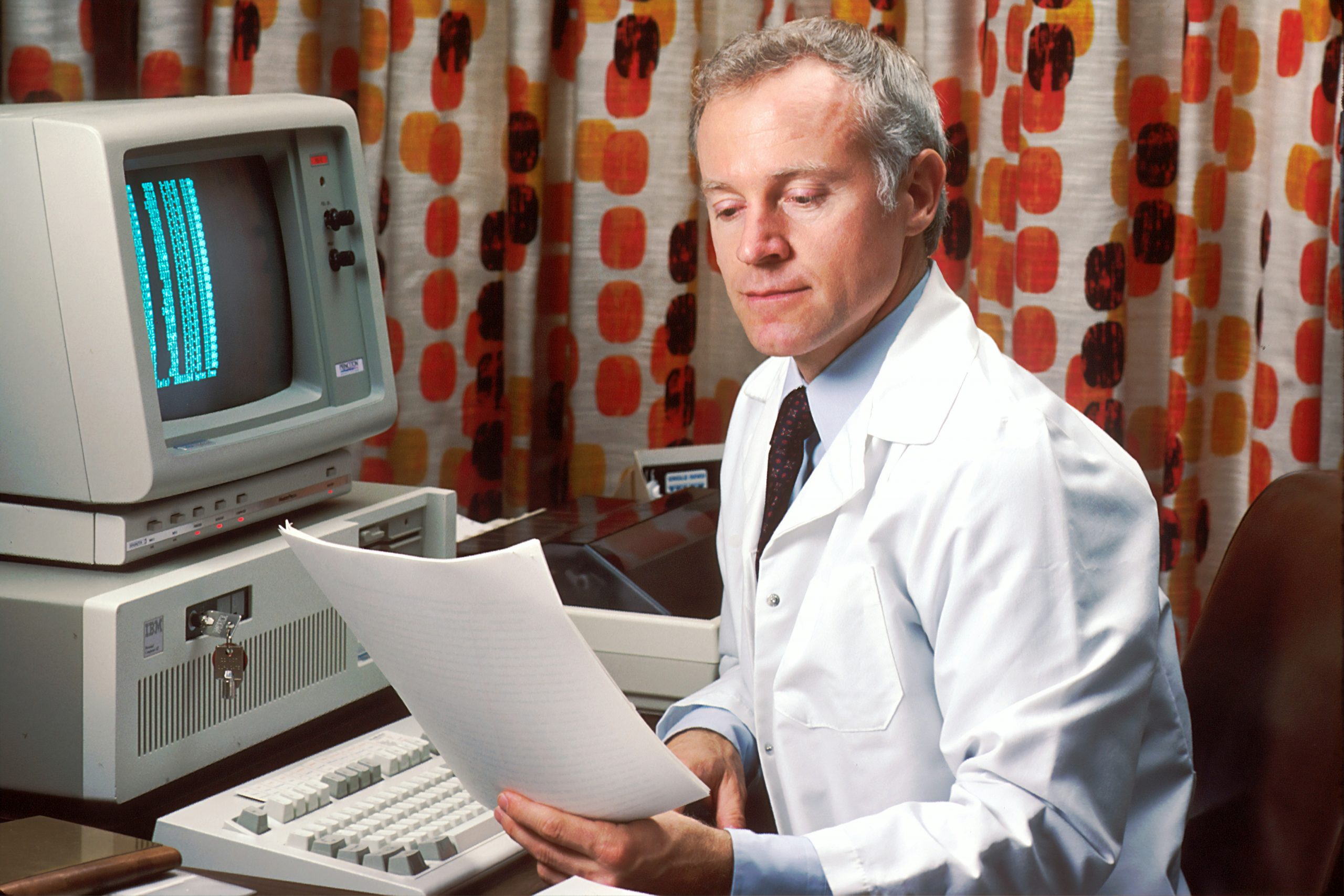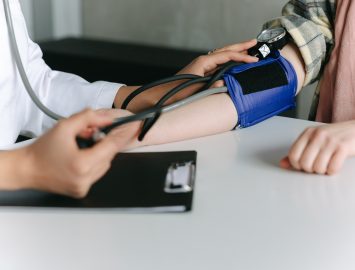In the world of healthcare, getting the right diagnosis is a big deal. It shapes how we get treated and can seriously affect our health. What if your doctor fails to diagnose or misdiagnose diseases or injuries? This article dives into diagnostic errors and what happens when things go wrong.
Join us as we navigate the complexities, shedding light on the challenges, solutions, and unwavering advocacy of those who stand for your rights in the face of diagnostic errors.
An Overview of the Diagnostic Process
The diagnostic process serves as the compass guiding healthcare professionals toward uncovering the mysteries of a patient’s condition. In this section, we unravel the layers of the diagnostic process, exploring the integral steps that form the foundation of accurate medical assessments.
- Initial Patient Assessment
At the heart of the diagnostic process lies the initial patient assessment—a crucial juncture where healthcare professionals focus on the intricate puzzle of a patient’s health. This stage involves gathering vital information about the individual’s symptoms, medical history, and underlying conditions. The nuances observed during this assessment set the stage for subsequent diagnostic endeavors.
- Gathering Medical History
The second step involves delving into the patient’s medical history—a narrative that intertwines past health experiences and current symptoms. This phase requires meticulous attention to detail as healthcare professionals connect the dots between the patient’s history and present condition. Insights gained here serve as invaluable clues in the diagnostic puzzle.
- Physical Examinations
Physical examinations take the diagnostic process from discussions and histories to hands-on insights. Through palpation, auscultation, and other examination techniques, healthcare professionals seek tangible evidence of potential underlying issues. This step bridges the subjective information provided by the patient and the objective findings essential for accurate diagnosis.
- Diagnostic Tests and Screenings
The final stage of the diagnostic process involves deploying an arsenal of diagnostic tests and screenings. From blood tests to imaging studies, these tools allow healthcare professionals to peer beneath the surface, revealing otherwise hidden aspects of a patient’s health. The results obtained serve as the definitive pieces of the diagnostic puzzle, guiding the formulation of an accurate diagnosis.
Common Reasons for Diagnostic Errors
Doubtlessly, diagnostic errors stand as a formidable challenge that can have profound implications for patients. This section sheds light on the common reasons behind diagnostic errors, unraveling the complexities contributing to inaccuracies in identifying and understanding medical conditions.
- Lack of Communication Between Healthcare Professionals
Effective communication is the bedrock of sound healthcare, yet the lack of it often emerges as a silent barrier to accurate diagnoses. When healthcare professionals fail to share critical information or collaborate seamlessly, the risk of overlooking key details increases. The diagnostic process thrives on a cohesive team effort, making communication breakdowns a significant contributor to diagnostic errors.
- Inadequate Training or Experience
Healthcare is a dynamic field, and the continuous evolution of medical knowledge demands ongoing training and experience. In cases where healthcare professionals lack exposure to specific conditions or are not updated on the latest diagnostic methodologies, the risk of misdiagnosis amplifies. Inadequate training or experience can create blind spots, hindering accurate assessments and contributing to diagnostic errors.
- Misinterpretation of Test Results
Diagnostic tests and screenings generate a wealth of data, but misinterpretation of these results is a common pitfall. Whether due to oversight, cognitive biases, or a rush to conclusions, healthcare professionals may misread test results. This misinterpretation can lead to incorrect diagnoses, setting patients on paths of treatment that may be unnecessary or, worse, detrimental to their health.
Factors Contributing to Misdiagnosis
- Suboptimal Diagnostic Criteria
Misdiagnosis often stems from outdated or inadequate benchmarks for identifying diseases. When diagnostic criteria fail to evolve with medical advancements, healthcare professionals may work with insufficient standards, increasing the risk of errors.
- Ambiguity in Symptom Interpretation
Nuanced symptoms add complexity to diagnoses. When healthcare professionals encounter ambiguous signs, a balance of medical expertise and understanding variations in symptom presentations is crucial.
- Challenges in Rare or Atypical Cases
Unfamiliar conditions with unique manifestations pose a distinctive challenge. Navigating rare or atypical cases demands heightened expertise, access to specialized knowledge, and a willingness to explore beyond conventional diagnostic boundaries.
Emotional and Psychological Effects on Patients
When diagnoses go awry, it’s not just physical; there’s a profound emotional impact. The uncertainty of not knowing can bring on anxiety and stress, making patients feel vulnerable and fearful. Coping becomes a challenge, affecting mental well-being and straining relationships. Real-life stories underline how misdiagnoses linger emotionally.
This emotional toll highlights the need for caring and understanding healthcare support. In these situations, compassion from healthcare providers can make a significant difference, helping patients navigate the complex emotional aftermath of diagnostic errors.
Patient Advocacy and Empowerment
Patient advocacy is a proactive approach where informed and engaged patients become essential partners in their healthcare journey. It involves encouraging individuals to seek second opinions, actively participate in decisions regarding their health, and advocate for their well-being.
Empowering patients means providing them with the knowledge and tools to navigate the complex healthcare landscape. It emphasizes the importance of informed decision-making and proactive involvement in their own healthcare choices. Patient advocacy and empowerment are vital in minimizing the risks associated with misdiagnoses and fostering a collaborative approach between healthcare providers and patients.
Looking for the Best Advocates for Your Rights? Here You Go!
Thomas & Wan at Thomas & Wan, LLP are legal advocates dedicated to supporting Texas families navigating the aftermath of diagnostic errors. With a profound understanding of medicine and the legal intricacies surrounding misdiagnosis, the firm stands as a beacon for those facing the consequences of medical mistakes.
Thomas & Wan’s expertise extends to representing families in cases of failing to diagnose or misdiagnose diseases and injuries. Their commitment is highlighted through a nuanced approach, combining specialized medical and legal knowledge to guide families through the complexities of such cases. Whether confronting grossly negligent hospitals, doctors, nurses, or midwives, Thomas & Wan is equipped to listen, offer guidance, and take appropriate legal action.
So, take the first step toward justice and peace of mind. Contact Thomas & Wan, LLP today. Our expert legal team is here to listen, guide, and fight for your rights. Don’t face the consequences of medical errors alone – let us be your advocates. Reach out for a free consultation and begin your journey toward resolution and recovery.




